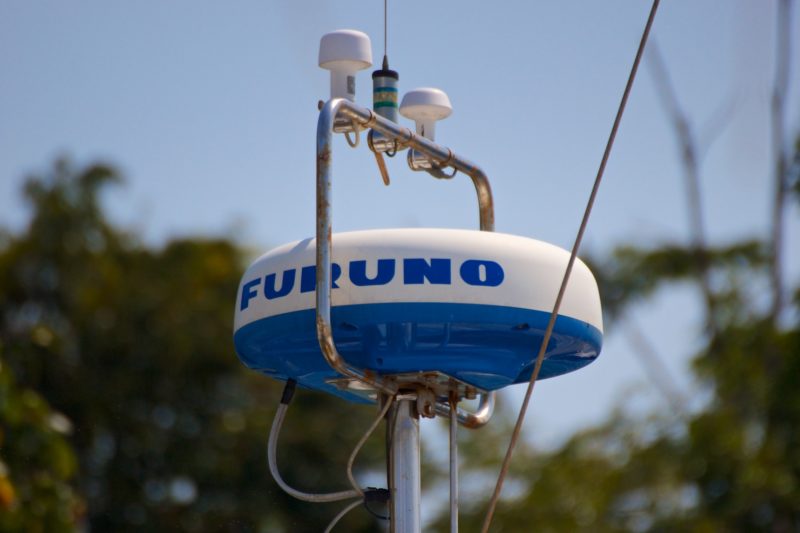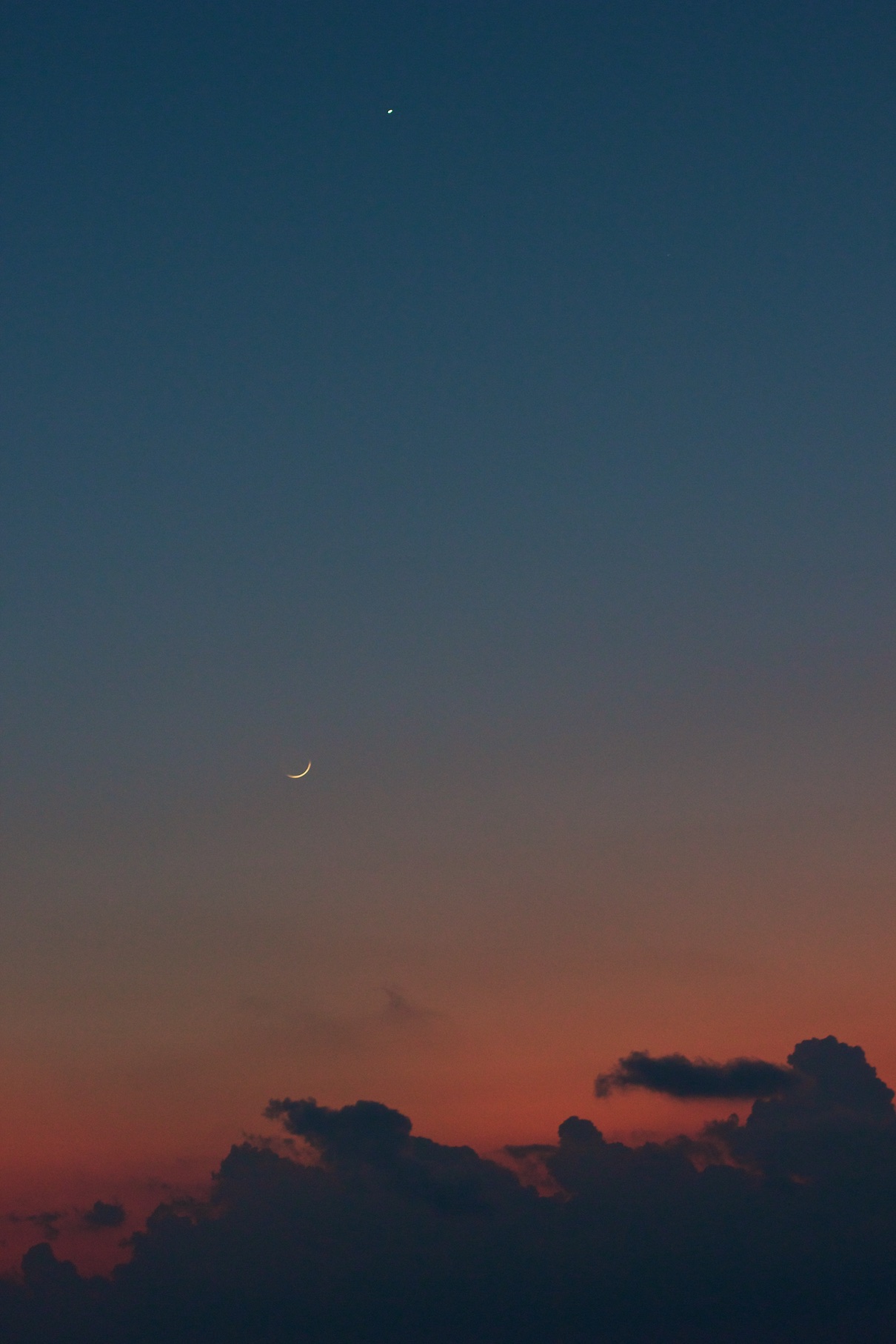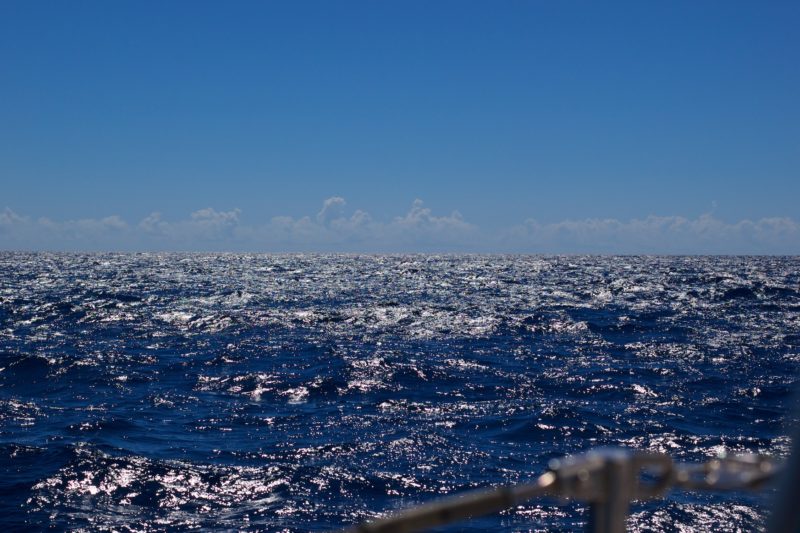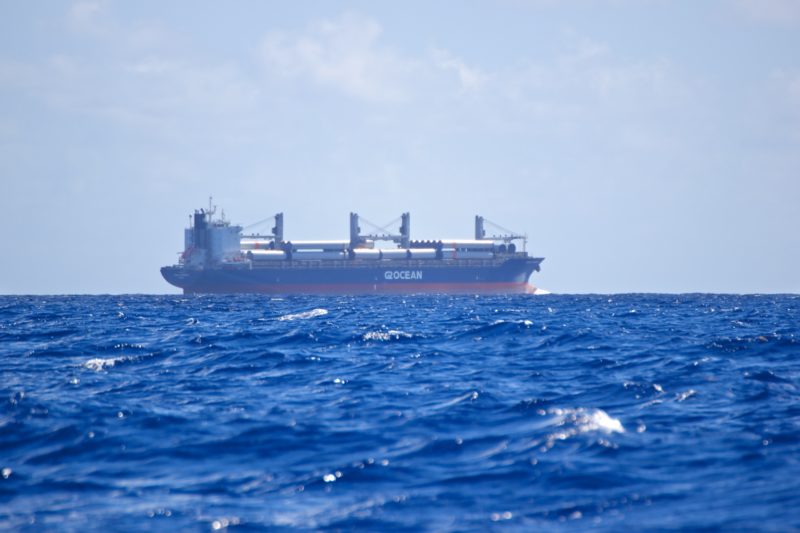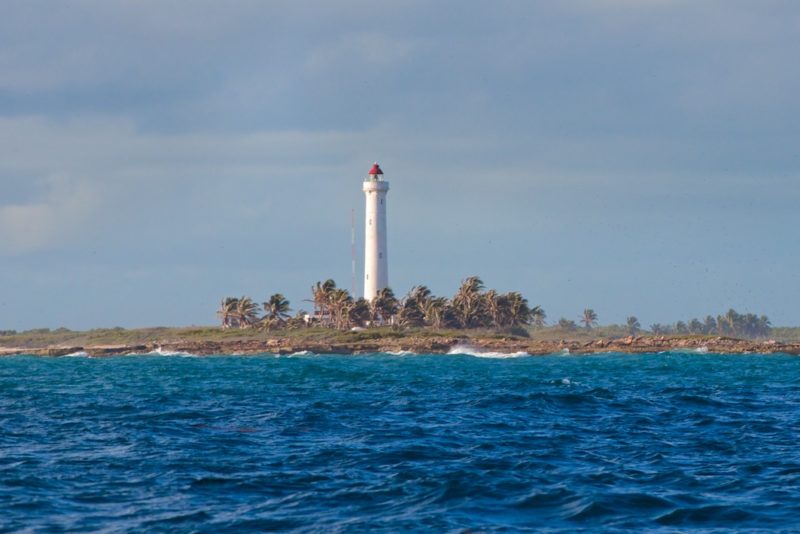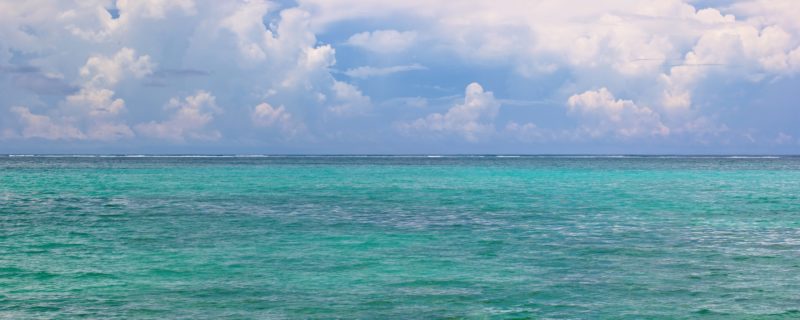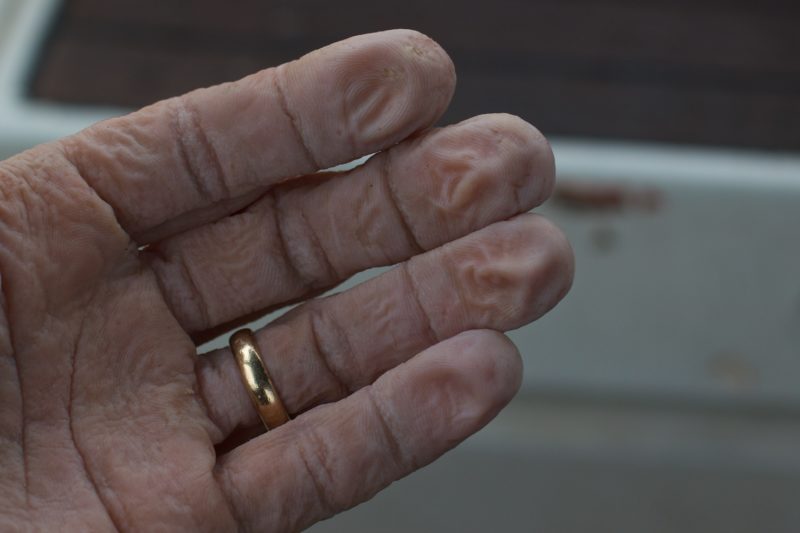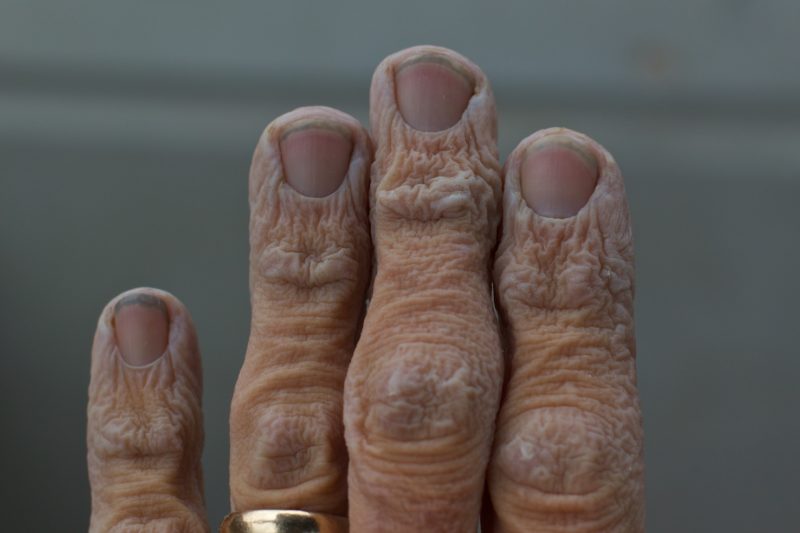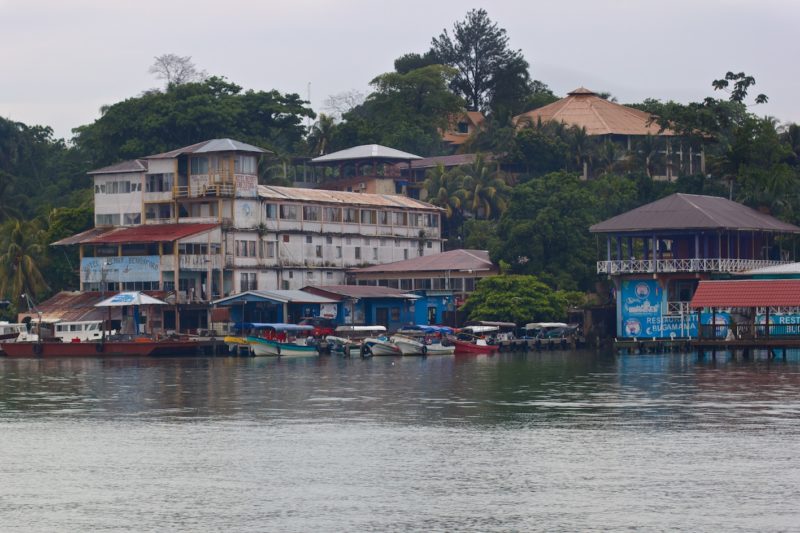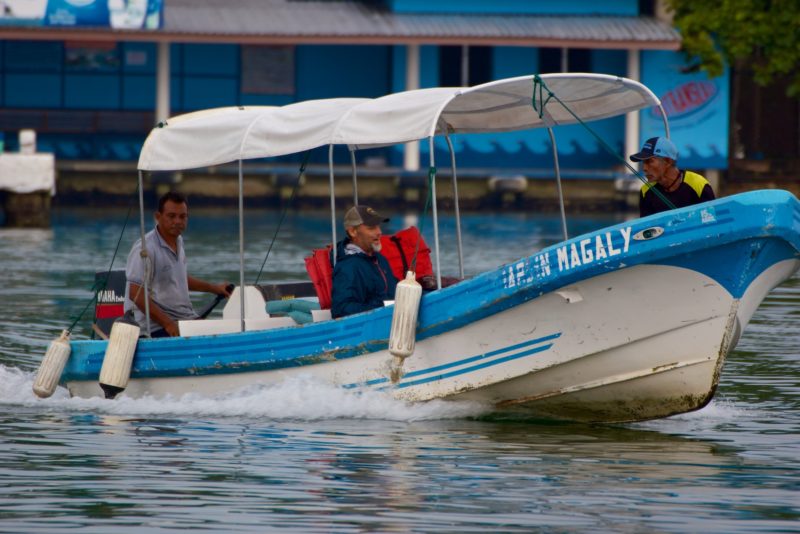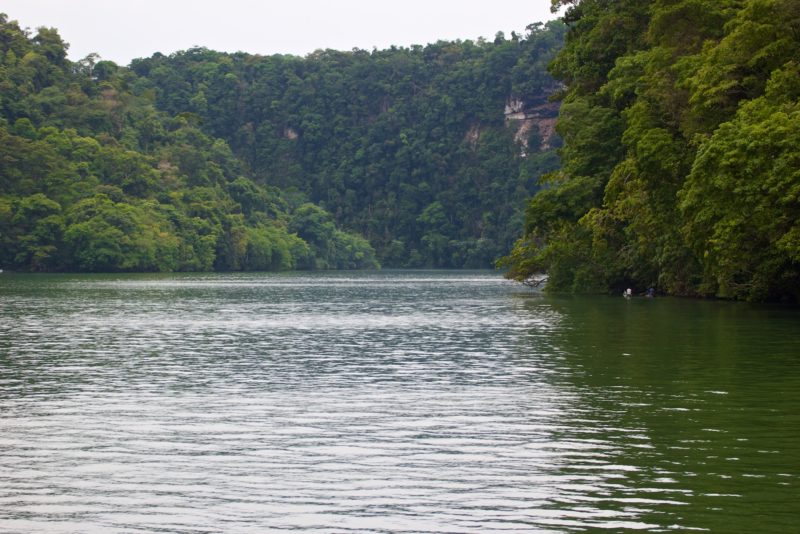It’s not an adventure unless it is fraught with uncertainty, filled with unknowns, has some level of real danger, and finances are slim. Otherwise, you are just taking a trip. –Clint
It was an inauspicious beginning to the sailing trip. I contracted the flu the Friday night before our scheduled Monday departure. And, as the situation had to be, it was no small case of the flu. It knocked me smooth on my butt. At some point on either Saturday or Sunday, I can’t remember which, Sean stopped by to provide an update on the project progress on Sirena Mia, his boat that we were taking to Guatemala. I did my best to sit in the cockpit and remain lucid. I succumbed, however, to the virus that was ravaging my body. I literally passed out while sitting upright. I recall the world going black as my body slumped over.
“Stay with it, Clint,” I remember thinking as I passed out of consciousness. And just as suddenly as the darkness overtook me, it left. I sat back up straight.
“Are you OK?” Sean asked.
“I think I kinda passed out,” I replied.
“Go get some rest,” he said.
“Yes, I think I will . . .”
The flu eventually abated, but it would be about 2 more weeks before I fully recovered. Fortunately, the project list on Sirena Mia necessitated a departure later than the previously scheduled Monday.
I still find it peculiar the stuff and gear that people in these modern times believe is necessary to sail across large bodies of water. I suppose in that regard I could be called a “fanatical” sailor. And even by standards from not more than 3 decades ago, I outfitted Emet with luxuries: GPS, electronic charts, and refrigeration. My desire always was to experience the world, the ocean, on its terms, not on mine. To shed the burden and weight of modern society that drags our souls down and come to know what it is like to be alive and not just living.
A sailboat is really just a few things: a sturdy hull, deck, and cabin top; a strong mast with adequate standing rigging to hold her up straight; a good solid boom; a few good sails; decent running rigging to control and shape those sails; some form of wind vane or unpowered self-steering system; a stout rudder and associated steering system for steerage; and, finally, a sailor that has faith in her. Anything more is simply for comfort or to allay fears.
As the departure day kept getting pushed back, it was a kindness to everyone involved. I was able to begin recovering from the flu and Sean was able to complete more projects. The day eventually arrived when we had to leave, regardless of the state of any of the parties involved. Sirena Mia was about as prepared as she would be and I was about as recovered as I would be.
I was told by at least a couple of people that I still did not appear well. I could only presume that’s why I still didn’t feel well.
It was Friday evening and we cast off the dock lines to tears and waves. We sailed through the bay a bit and then motored down the ship channel to the Galveston jetties. We exited the jetties Saturday morning around 1:30 AM. We were on our way to Guatemala.
As the Saturday morning sun rose on the horizon, we had some favorable wind and were sailing nicely. The Galveston shoreline was left in our wake. We weren’t quite in what I would consider “open ocean”, but we were close.
For the next few days, Sean suffered horribly from mal de mar. He was vomiting about every hour to two hours while awake. Couple that with the fact that I still had lingering symptoms, loss of energy, and some minor nausea from the flu, and the first 3 to 4 days were not spectacular for either one of us. We both muddled through and eventually found our groove.
In the open ocean there isn’t really much to report other than beautiful sunsets and sunrises and water of such a beautifully pristine blue that it is almost unbelievable. Furthermore, our course was pretty much a straight line from Galveston to the Yucatan peninsula.

A finch(??) in the open ocean? Yep. We had a number stop by. We saw many more flying. We could only presume it was a migration.
We got hit by a number of “weather events”. I use that phrase because Sean and I disagree on what a squall is and thus how many we actually encountered. Sean’s definition of a squall is any inclement weather. My definition of a squall is any moderately violent to tropical storm force localized storm. We did encounter what we could both agree was at least one squall in the open ocean. It wasn’t all that violent and we fortunately had reefed the main earlier in expectation of a storm and the headsail was easily furled in once the squall hit. The wind was probably between 30 and 40 knots and the driving rain made it almost impossible to see, but, as with any true squall, it occurred at night, so it really didn’t matter. It lasted for maybe an hour and then left. In my mind, it simply gave us a little turbo boost for the trip as we got to sail along at 7 knots and sometimes a little more.
The other smaller storms/rain showers that we encountered really weren’t all that bad. They brought a little wind and some rain, but nothing severe. The weather forecasts that Sean received for each day did nothing to increase my faith in weather science. Most of them missed the mark. My experience with forecasts is that they are usually acceptable out to about 24 hours. Beyond that, well, it’s simply a guess. As you probably surmised, there are a lot of people that would disagree with me. The evidence, however, strongly supports my experience and I was doing my best in my cruising preparations to learn to read the weather on my own.
We motored and/or motor-sailed for a large portion of the Gulf of Mexico crossing. That runs counter to my intuition about sailing, but I’m in the strict minority. A lot of those miles were hand steered. And I do mean A LOT. The batteries on Sirena Mia were marginally acceptable and they just didn’t have enough storage capacity to power the autopilot and still provide power for the other things on the boat, like starting the diesel. We learned this lesson early on and if the diesel was running, one of us was at the helm. It wasn’t that bad as we settled on a shift schedule of 2 hours on/2 hours off. It worked well for us and we used it for the majority of the trip.
All accounts of rounding the Yucatan Peninsula relayed that it would be horrible. Terrible northerly currents and squall-like conditions were to be expected and would make for nasty sailing conditions. As we approached the Yucatan, we had what was estimated to be about 15 gallons of diesel out of the 90 with which we began the trip. And even worse, our rounding was going to occur in the dead of night.
Now, if you put two people on a boat, stick that boat out in the open ocean, apply some stressful situations like marginally acceptable batteries and a diesel engine that sometimes doesn’t want to start due to either said batteries or a finicky starter solenoid, it’s inevitable that the stress will spill over into some heated conversations.
One of Sean’s greatest fears at sea is collision with a ship. I don’t really have any desire to make physical contact with a large ocean going vessel, but they are relatively slow moving and we are even more slow moving, so my personal anxiety regarding the probability of colliding with one is low to non-existent. That is not to say that I am not vigilant about my watch, I just tend to take lights on the horizon in stride. Sean is, in essence, polar opposite of me on this subject. I had given some good-natured ribbing about the subject on several occasions. As we were approaching the Yucatan, and we knew it would be a night passage, Sean was talking about the struggle of staying awake at the end of a shift. I said that what I do is take something that I can center all my mental energy on, like watching for ships, and use that to focus me and keep me alert. Now, this particular statement was NOT intended as a poke at Sean’s fears. It was, indeed, exactly what I do. Sean’s worry about ships at sea was really no joke and I personally did not want him to stick his head out the companionway and have a query about a light on the horizon for which I did not have an answer. So, his worry had literally become my angst and I used that to keep me awake and alert. My statement about how to remain awake on watch was taken about as well as an uppercut to the jaw. Sean became heated and all I could do was apologize that my comment was taken out of context. The emotions soon subsided like rough seas on the ocean.
Just like most of the weather forecasts that we received, the Yucatan did not live up to other’s accounts. That’s not to say that others did not and have not had terrible times, but ours was actually a beautiful sail around. We had awesome weather and wind. Our tacks on the chart looked like we actually knew what we were doing. Even though it was at night, we rounded the Yucatan in spectacular and uneventful fashion. When I looked at our path, I was amazed at how perfect it looked. We had hugged the coastline to avoid the currents and it had worked well. Now, normally, the shore is to be avoided and a sailor would like to have some nautical miles between his boat and the rocks. Fortunately for us, the shore was always to windward. Had we had a lee shore, I certainly would not have felt the same about our route.
Stopping at Isla Mujeres for diesel was always an option that was on the table, but Sean elected, and I wholeheartedly agreed, to simply bypass Mexico altogether. Our only concern about Mexico was the typically long time it takes to clear in/out and the customs and immigration regulations that are sometimes moving targets. Not everyone has issues in Mexico, but some do and we both thought it wise to just avoid the hassle.
For me, rounding the Yucatan and not stopping meant we were on the home stretch. It was the biggest hurdle to overcome and from there on it meant that things, psychologically speaking, were going to be much easier.
The weather forecast that Sean received for routing from past the Yucatan to Guatemala was this: NO wind for the rest of the trip and a contrary current. This was not well received and I had to keep reminding him that, to date, the weather forecasts pretty much all missed the mark and we were, in fact, in a very favorable current and had been all the way around the Yucatan. So, the current info was certainly wrong based on our local conditions. And much more to the point, we did indeed have some wind. It was not great wind, but we had some and the boat was being propelled along nicely.
As we sailed along the coast of Mexico, we passed numerous fishing boats. Not the large corporate type fishing boats that you see in the Gulf and at dock in Galveston. These were old, jalopy fishing boats with rust and waterline growth that made the Black Pearl look new and shiny. One day, I was off watch and sleeping down below. I heard Sean calling for me to tumble up because we were being followed by one of these fishing boats. Sure enough, as I come up the companionway I can see there’s a fishing boat less than 100 yards and closing directly off our stern. Sean relayed that this boat had attempted to hail him on the radio, but he had not replied and at some point, the guys on this fishing boat started, I can only presume jokingly, saying things like, “I need some money for my daughter, man.” (Make sure to say that in a Cheech Marin voice in your head and in Spanish.) Eventually, they made their way to just a few feet off our stern and then made, what I have been told is, the universal pirate appeal: water please. Apparently, in pirate training school, pirates are taught to ask for water before they attack you. Now, the fact that Mexican fishermen are asking for water makes no sense to me either. But, here we are in the Caribbean Sea with a fishing boat that has enough rust and algae growing at the waterline of its hull to make one believe this is a derelict ghost boat and the request from the 3 men and 1 teenage boy is for bottled water. I wouldn’t have believed it if it hadn’t happened to me. I never felt threatened or in any danger simply because all of the men and the boy on board were smiling and laughing. The fairly overweight and shirtless captain had even ordered the boy to go get a fish to exchange for the water. I didn’t see the fish as I was at the helm and attempting to maintain a straight course, but Sean told me it was fairly large and looked nice. Sean tossed them about half a case of water and the guys thanked us and then motored off. We continued on our way, perplexed by the whole situation. And I wished I had gotten a pic of that boat.
As we sailed on and the threat of no wind took its hold in psyche of the captain, the decision was made to stop in San Pedro Belize to add to current store of 15 gallons. The only problem with stopping in San Pedro is that it sits firmly behind a reef. We knew there was an entrance, but exactly where that entrance was seemed to be a mystery. Garmin charts were utterly useless in this part of the Caribbean Sea. Navionics showed San Pedro and a yellow “special purpose” buoy (no break in the reef was shown), but said nothing else. Furthermore, Navionics showed reef for miles along the coast of Belize. Sean had a cruising guide for Belize with some GPS coordinates for entry and he had reached out through the InReach to other parties to enlist their assistance in locating the entrance. As far as I could tell, it appeared that none of the sources agreed on the location of the entrance. We motored along the coast for several miles where Sean believed the entrance to be, but all we saw were rollers coming off the reef. Finally, I saw a small motor boat that had an official looking appearance. I stood on deck and waved frantically. The boat soon made its way over to us. It was a worker for the reef national park system. We asked him where the entrance to San Pedro was and he told us about 5 miles north of where we were currently and to look for the buoy. It soon became clear that Navionics’ yellow buoy was indeed the entrance marker. We got through with no problems and anchored easily.
Rest . . . finally . . .
The next morning Sean went and cleared us in and out of Belize at the same time. I must say, Belizean customs and immigration is super easy. It was nice to not have to stress about going back to clear out. Sean stocked up on diesel and we did some cleaning and organizing on Sirena Mia. We visited a local restaurant that night, Lily’s Treasure Chest, on the recommendation of the guys at the fuel dock. Sean ordered fried conch and I ordered Caribbean snapper. Let me say first off, if you are American and expect to travel to ANY country in the Caribbean or Central America you need to check your “right now” service expectations at your departing airline counter. Do NOT travel to these places and somehow think that the American “fast food customer service” experience is going to be replicated just especially for you. You will be treated and served kindly and in a very nice manner, but your food will take more than several minutes to arrive. Lily’s was no exception. The place was not busy at all and I think it took well over 25 minutes for the food to arrive. But, the wait was well worth it. My dish was exceptional. I rarely rave about food. So, when I do, you know that my experience was pretty spectacular. The fish was cooked perfectly. The sauce that accompanied it was light and complimented the fish rather than overpowering or masking it. I ordered mashed potatoes as a side and they were a delightful surprise. Not pureed smooth, but not chunky either. They had a fine, but rustic texture to them which seemed to enhance their flavor. I’m not sure exactly what they were flavored with, but they were unexpectedly savory. The vegetables accompanying the fish were cooked, but still fresh vegetable crisp. This dining experience almost, but not quite, matched the fish that Jodi and I had on Isla Tortuga off Costa Rica. I wish that someone here in the states could serve a fish dish on par with either one of these. They would have reliable business from me if it were a fair price.
Not to keep harping on the accuracy, or inaccuracy as the case is, of weather forecasts, but as we sat at anchor off San Pedro the evening before our departure, the forecast was for 5 to 10 knots of wind from a southerly to easterly direction, which is pretty much what we had experienced the whole trip. We had the entire contents of the v-berth emptied on the foredeck to allow them dry out. Sean and I were in the cockpit talking about cars as I recall when, out of nowhere, a tempest arose and items on the foredeck began getting blown backward to the stern. The wind was coming from the north and at 20 knots. We sprang into action. Sean dove down below and I leaped to the foredeck. We began stowing things as fast as possible with Sean in the v-berth and me on deck passing items through the hatch. We got everything stowed and the wind lasted well into the night. Forecast?? What forecast?
The next morning we pulled up anchor and motored back to open water. We had some wind the rest of the trip and we did some motoring as well. We certainly did not use the 75 gallons of diesel that were taken on in San Pedro nor was there the “NO wind” that was predicted. We still had to aggressively evade a number of ships at night, mostly cruise ships, but for the most part the trip to Livingston Guatemala was uneventful.
We arrived off Livingston at night and in a shipping lane. Sean had no desire to head up to Livingston and drop anchor due to reported pirate attacks in that area. So, we motored back and forth in straight lines. At around 1 AM, which was right when I was starting my shift, we were hit by a real squall. The rain was driving and beyond intense. At one point, Sean, over the howling wind, screamed “Why are you going in circles?!” I had to scream back, “I’m not! I have the wheel hard over to starboard and the wind is literally blowing us around 360 degrees to port!” Sean yelled, “Let me take the helm!” We changed positions and it was in only a few minutes that Sean got to experience what I was talking about. The wind was crazy. It made no sense what was going on. It was almost like we were in a vortex. And the rain. The relentless driving, beating rain. It was impossible to see forward beyond the companionway hatch it was so intense. The squall lasted for at least 4 to 5 hours. It finally relented as the sun began to rise. And that was a relief because we still had to cross that sand bar to get to the marina.
For some background, Sean had procured a slip at Monkey Bay Marina which is in El Golfete, a lake which is up the Rio Dulce river. The entrance to the Rio Dulce is right at Livingston and there’s a massive sand bar that must be crossed to enter the river. The maximum water depth of the sand bar “channel” is shown to be 5 feet 9 inches. The high tide was to be about 1 feet 7 inches that morning at sunrise. Sirena Mia draws roughly 6 feet and let’s say 3 to 4 inches as she was loaded. It was going to be close. A lot of boats run aground and have to be pulled off the sand bar. Sean had some instructions from some documented crossing about how to successfully cross the sand bar.
Those instructions did not work. We made it about half way across.
Luckily, as we were to find out, there is a gentlemen that gets up at 4 AM every weekend morning and sits at the dock waiting for boats to get stuck so he can head out and pull them off. Seemingly before we even really knew we were stuck, two guys show up in a boat telling us to throw them some lines. They had obviously done this many times before as they were very professional and gentle in tugging us out of the mud. It took maybe 30 minutes. We were told exactly where to drop anchor and the older man said that he would take Sean to clear in.
It wasn’t quite as efficient as Belize, but the old man got everything arranged and Sean had us cleared into Guatemala within about 3 hours of dropping the anchor.
We hauled in the anchor and began motoring up the Rio Dulce. Pictures do no justice to the vistas. At least the pics I was able to take on a moving boat don’t. Oh how I yearned for my tripod and a stable platform from which to photograph. This river runs between two 300 foot jungle walls. It is stunningly beautiful even in grey, overcast skies.
We motored on in awe and finally arrived in El Golfete. Sean asked me to take the helm while he began getting dock lines ready. We had no depth information for anywhere in the small lake. I thought it prudent to stay in the center as we motored on to Monkey Bay Marina which was now less than a mile away. My prudence paid dividends right up to the point where I felt a noticeable slowing of the boat. I looked down through the companionway hatch to try to see the depth sounder. As best I could tell it was not on.
“Sean, can you turn on the depth sounder and give me a reading. We’ve suddenly slowed to 2.5 to 3 knots,” I say.
He goes down and I hear, “CRAP! We’re at *&$* feet! Reverse NOW!!” I never did hear the actual depth reading. But, as I turned to look behind us, I see a clear trail of mud for several hundred yards. Sheesh! We had only now slowed down. AND we’re so close to the marina! I put it in reverse and turn around to drive the boat backwards. In my mind this is a horrible idea. All I can see is us hitting an even shallower area and the rudder get slammed hard over to the point of failure. But, there really isn’t time to discuss this. So, I motor in reverse for a while. We finally get to a point where the boat feels like she is floating free and I’m able to idle the engine back and put her in neutral. She is indeed floating free which is good news. Though we were never stuck solid and not able to move, we could indeed feel the drag of the keel through the mud. Because of that, one is always on edge that the boat will suddenly lurch to a halt. Sean then makes the smart decision to motor 90 degrees to our previous path and head over closer to the developed bank of the small lake where it hopefully is deeper.
It was much deeper and we were both relieved and at the same time wondered why no one from the marina had warned us about any shallow areas in the lake.
Within 10 minutes, we arrived at the marina . . . only to be told that we would have to anchor overnight because it was too windy for us to try to come into the slip that night.
*sigh* So, so, so close. Only to be rebuffed one more time. We dropped anchor and launched the dinghy so Sean could go visit the marina. I elected to stay aboard. I needed rest, not social interaction.
The next morning, we had to wait for the cruiser’s net (VHF radio “community forum”) to conclude and then we were told that we could pull into the slip. It went smoothly and there were plenty of hands on the dock to assist.
Monkey Bay Marina was way better than I expected. The small marina is completely open air and in such a tropical setting that you honestly can’t help but be relaxed. It is well maintained and has pretty much everything that one needs: bathrooms, showers, a few pieces of exercise equipment, a rather large workshop outfitted with a selection of power tools, washer and dryer, filtered fresh water, and electricity (though it is expensive at 0.50 USD/kWh).
And just like that, it was over. We had sailed Sean’s boat from Seabrook, TX to Guatemala. Pulling into a slip seemed anti-climactic. Something more exciting should be the conclusion to such a long voyage. But, then, we had enjoyed enough excitement. Maybe anti-climactic was exactly what we needed.

